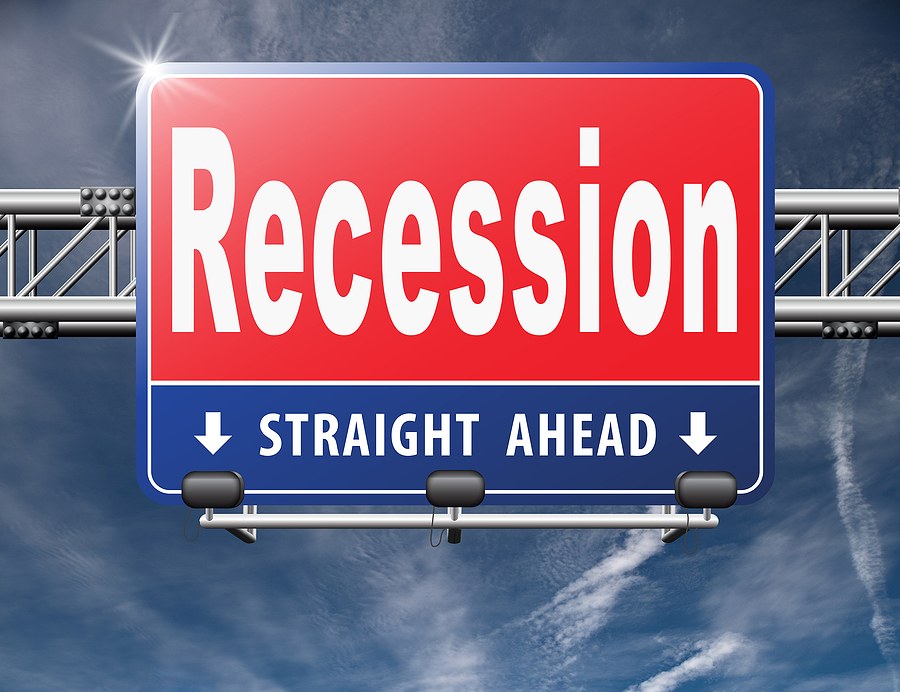When Federal Reserve Chair Jerome Powell told reporters last week he wanted to avoid “further cooling” in the labor market, it was taken as a sign that an interest rate cut was on the horizon. Two days later, the U.S. hit its highest unemployment rate since President Joe Biden’s first year in office. Markets plummeted […]



